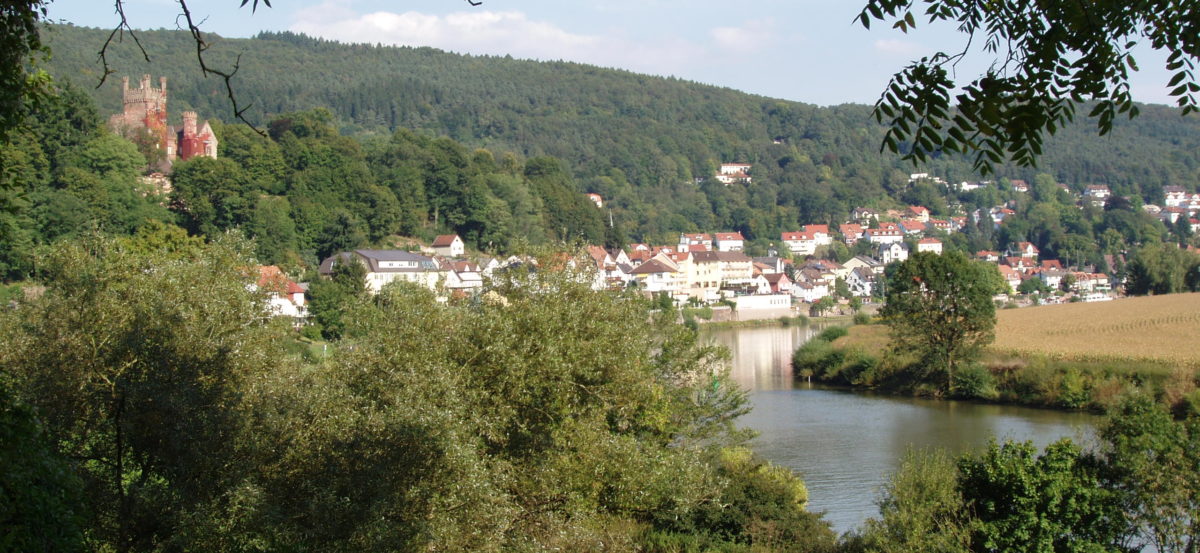“Lent begins the fortieth day prior to the Resurrection, excluding Sundays. (To determine the beginning of Lent count back 46 days from Resurrection day.) The focus of Lent is spiritual renewal through the disciplines of fasting and prayer. Early Christians never fasted on Sunday since each Sunday is a little celebration of the joy of resurrection. Thus, Sundays were excluded from Lent.”[1]
Initially, in the Catholic tradition it was a time of preparation for those who were to be baptized at Easter. However, later, this time was identified as a time of self-examination and penitence preceding Holy Week and Resurrection Day. The parallel of the 40 days Jesus spent in the wilderness has been used to fashion individual preparation for the celebration of Easter by focusing on fasting, self examination, and prayer.
“By celebrating Lent, we follow Jesus into the wilderness, resist temptation, pray and proceed “on the way” to Jerusalem, and the cross of Good Friday. Our Lenten journey is one of repentance, that is, changing directions from self, self-serving patterns and a myopic focus toward the others-focused way of life of following Jesus. We follow Jesus in laying down ourselves for others and trust that the power that raised Jesus from the dead is enough to guide us in repentance and renewal…”[2]
Hold a true Lent in your souls, while you sorrow over your hardness of heart. Do not stop at sorrow! Remember where you first received salvation. Go at once to the cross…this will bring back to us our first love; this will restore the simplicity of our faith, and the tenderness of our heart.[3]
-Charles Haddon Spurgeon
As a season of fasting, self-examination, and prayer, Lent may well be described as one of the most deeply devotional times of the year. Perhaps as a result, many formalized modes of worship have evolved in which to assist one to more meaningfully enter into the reality of and significance of Christ’s sacrificial death and redemptive resurrection for all humankind.
One of these traditions is the meditation of Christ’s wilderness experience as He prepares for His earthly ministry. Themes of fasting, solitude, silence, profound prayer all are demonstrated as Christ battles with the temptations of pride, power, and desire. Described in the Gospel accounts (Matt. 4: 1-11; Mark 1: 12-13 and Luke 4: 1-13) Christ, led by the Spirit is led into the wilderness for a period of testing. Satan tempts Christ with the empty promises of the lust of the flesh, pride of life, and lust of the eyes (see I John 2.16); only to be rebutted by Christ with the admonition of Scripture. As perfectly human He experienced all that each one of us suffers: the loneliness, the desires of our hearts, the weakness of humanity.
Can we walk the wilderness experience during Lent?
Resources for Celebrating Lent:
Begin each day with a time of reflection.
Identify sins or an area needing renewal.
Confess a problem that needs God’s mercy.
Make an effort to set apart time to read God’s Word and pray every day.
Plan time to “be still and know God.”[4]…
Psalm 50:13-15, 23
“Think of ways you can honor the Lord with your praise during Lent.”
Truly recognize and thank God.
Keep your promises.
Trust God in time of trouble.
Give Him the Glory!”[5]
The Significance of the Pretzel:
By the fourth century, strict fasting was observed during Lent. People avoided meat, cheese, cream, butter, milk and eggs. By the fifth century, a tradition of eating small breads made simply from flour, water and salt was practiced. As a visual reminder that this was to be a period of prayer and fasting, the little breads were rolled and twisted to represent crossed arms over the chest, the traditional position for prayer. The breads were called “little arms” in Latin. Later, the Germans gave them the familiar name we use today, “pretzel.”[6]
Endnotes:
[1] Martha Zimmerman, Celebrating the Christian Year, (Minneapolis: Bethany House Publishers, 1994), p. 107
[2] Lent Prayer Guide, the Evergreen community
[3] Charles Haddon Spurgeon, “Morning and Evening,” (Grand Rapids: Zondervan Publishing House), quoted in Celebrating the Christian Year by Martha Zimmerman, p. 107
[4] Martha Zimmerman, Celebrating the Christian Year, (Minneapolis: Bethany House Publishers, 1994), p. 111
[5] Ibid, p.112
[6] Ibid, p. 115
